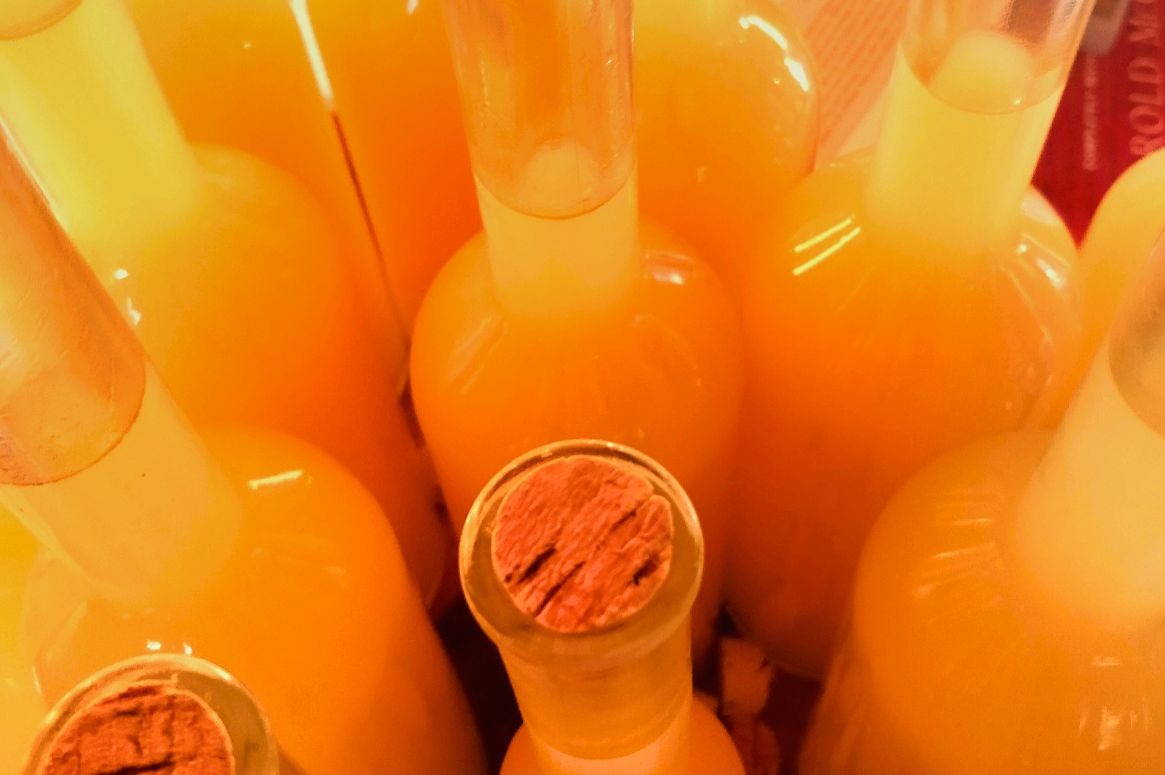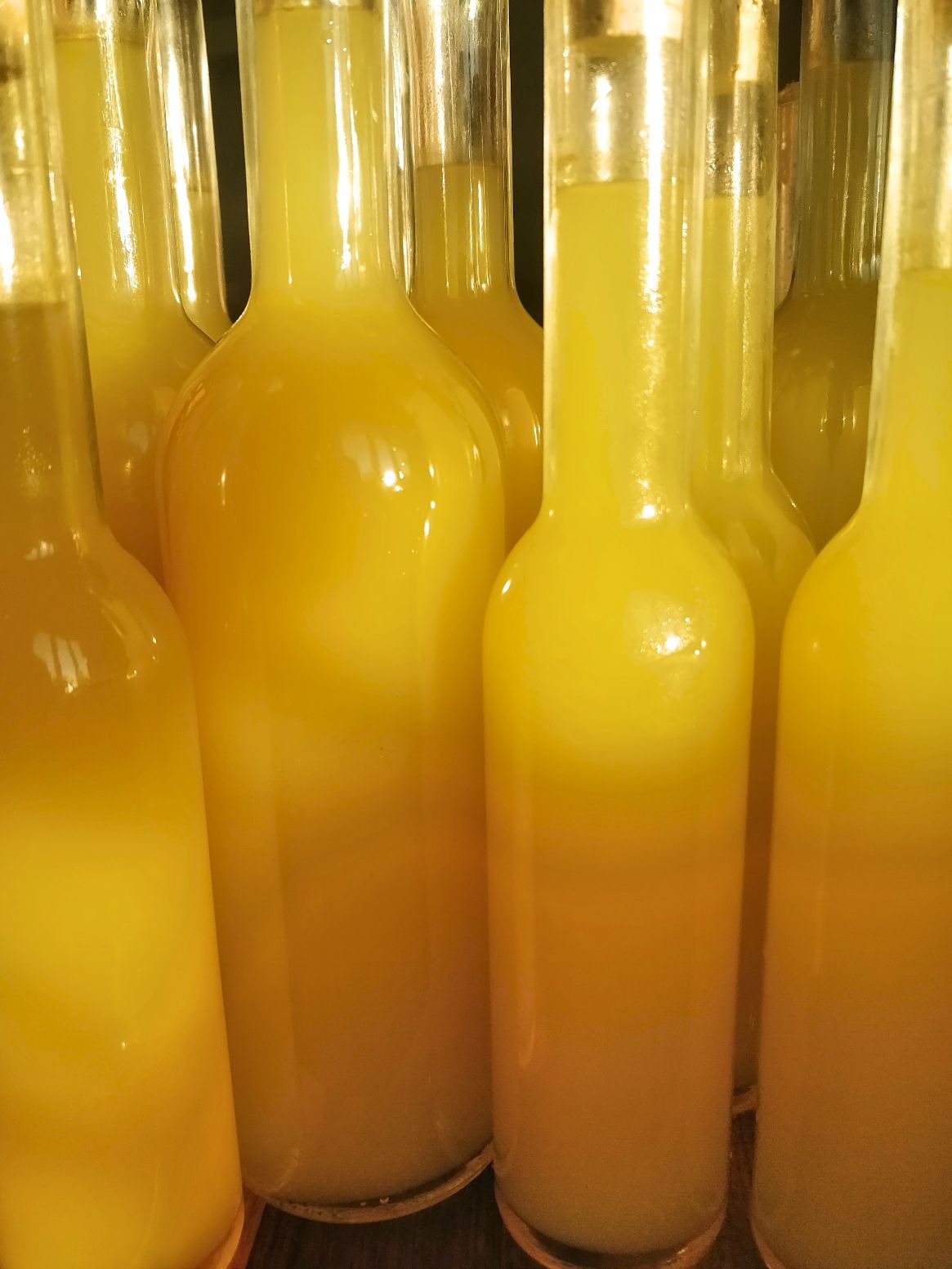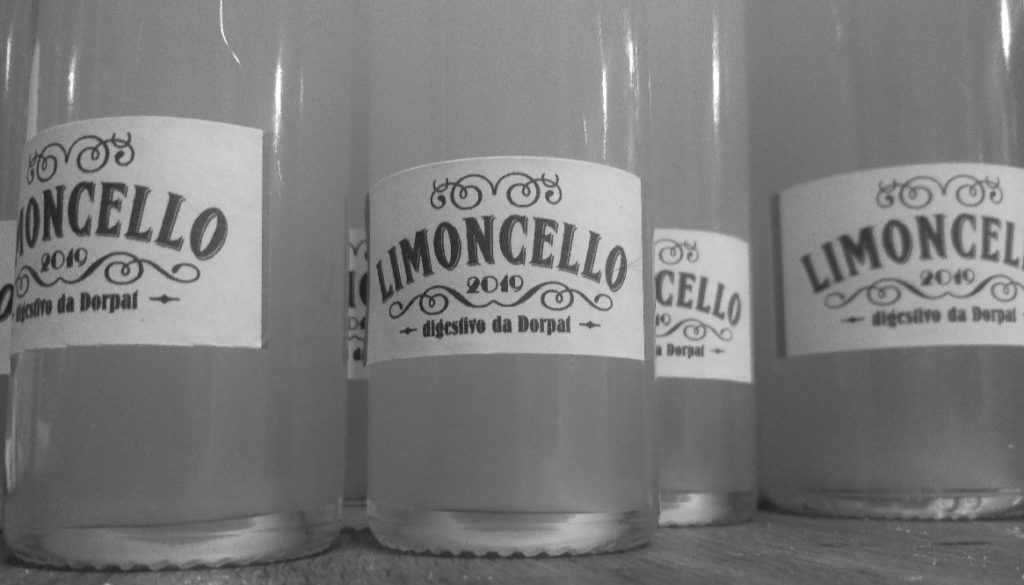Limoncello
Limoncello is a liqueur common in the southern part of Italy, from the region of Gulf of Naples and on the Sorrento Peninsula. Today limoncello has become one of the symbols of Italian. Invented a century or little more ago, nowadays with many different variations, it is a widely-spread and produced also at home. For me, limoncello symbolizes Italian hospitality – the bottle of self-made limoncello and glasses were brought to the table at the end of the dinner as a digestivo to make good dinner experience even better.
The preparation of Limoncello takes some time and therefore it is wise to prepare a bigger amount, especially if you have a lot of friends likes limoncello.
Quantities in this recipe can be increased proportionally if desired.
I was thinking about making limoncello for many years. All this seems to be complicated until I happened to see Gennaro Contaldo’s video clip of limoncello making in Italy. After that, there was nothing complicated anymore. I read from different sources and decided to increase the time of extraction from lemon peel due to the absence of pure alcohol for preparation of the limoncello. In the spring of 2019, I finally came up with the first batch.
An important part of Limoncello is the label on the bottle. For my limoncello, a beautiful label was designed by talented designer-artist Joosep Sepp.
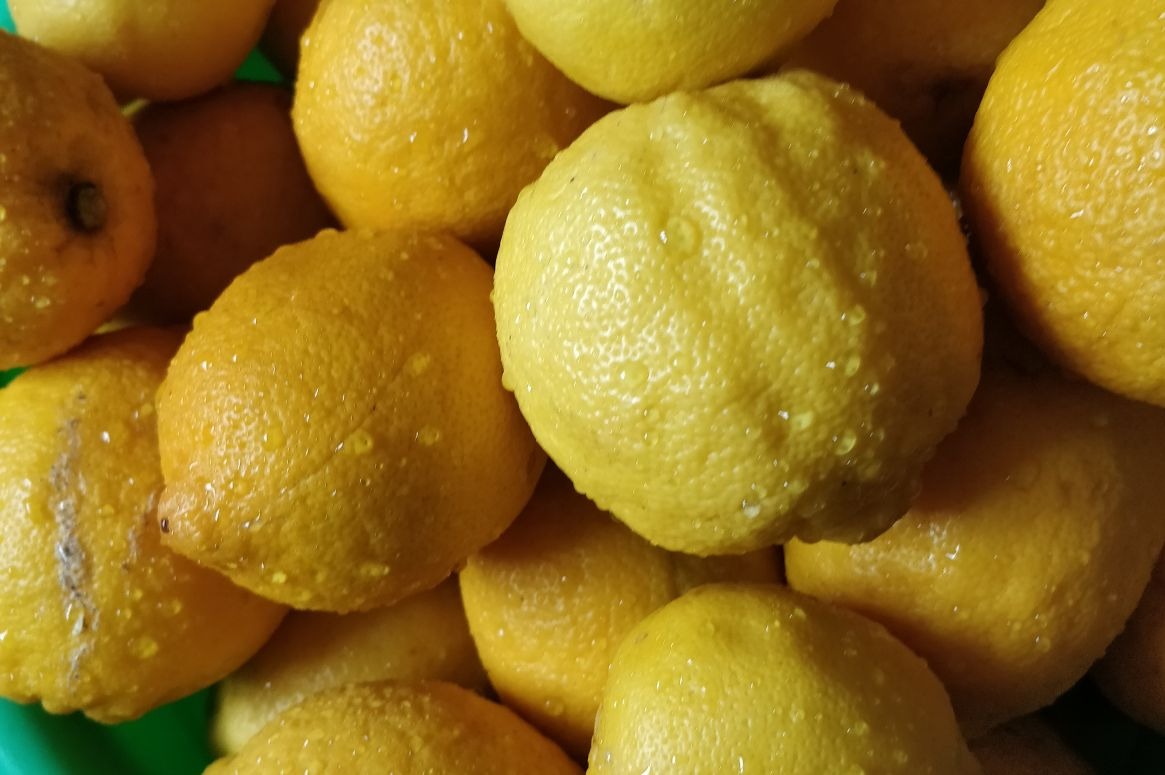
Preparation time: 1h preparation, 7 days extraction, 1-hour final completion.
Level: Easy
Quantity: 1L, alcohol content 26-28 vol.
Ingredients:
1 kg of Sicilian Lemons
300 ml of 80 vol alcohol
200 g of sugar
Water for the dissolving of the sugar

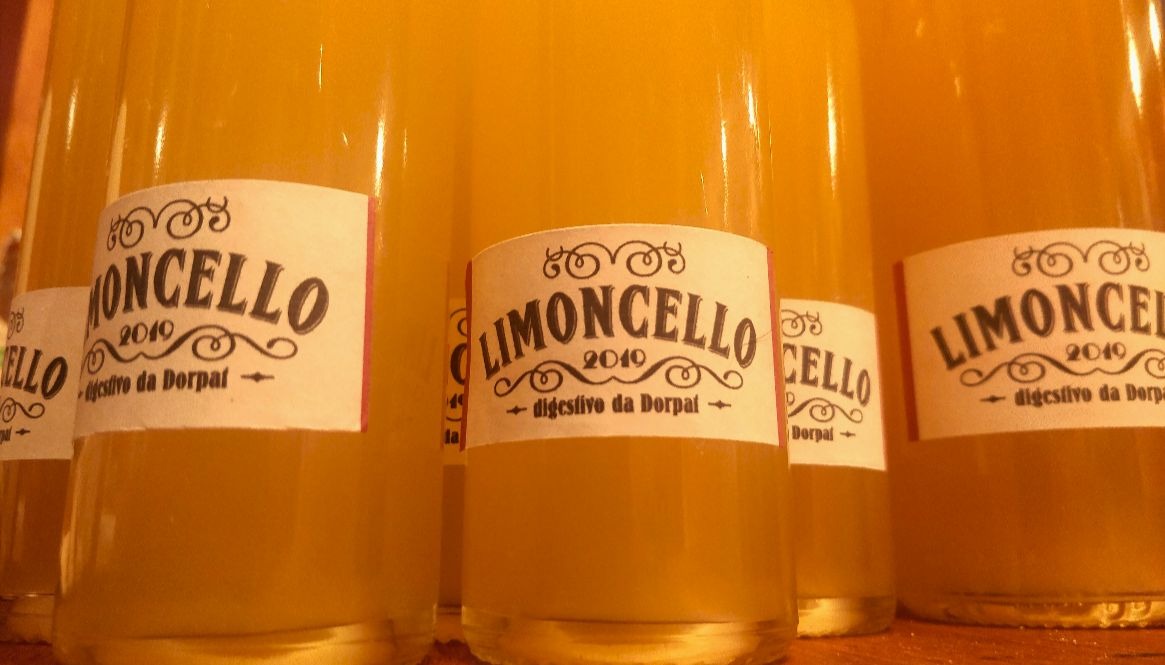
Preparation:
1. Wash the lemons and peel using a vegetable peeler. When peeling, make sure that there will not be a lot of white part of the lemon peel, which makes limoncello bitter
2. Place the lemon peel in a tightly sealed jar and add the vodka, let it mature for 7 days by shaking occasionally. After 7 days it has become slightly yellow
3. After 7 days prepared the sugar syrup. Dissolve 200 g of sugar in water, add water to 700 ml volume
4. When the sugar is dissolved, strain the vodka from the lemon peels and add it to the syrup. It becomes instantly opaque and golden yellow, creating an “ouzo effect”: strongly hydrophobic oil droplets that are dissolved in strong alcohol forms insoluble particles that are about 100 nm if alcohol content drops.
5. Filter the beverage through the dense cloth and close the bottles tightly.
6. Label the bottles.
Ready !!!
